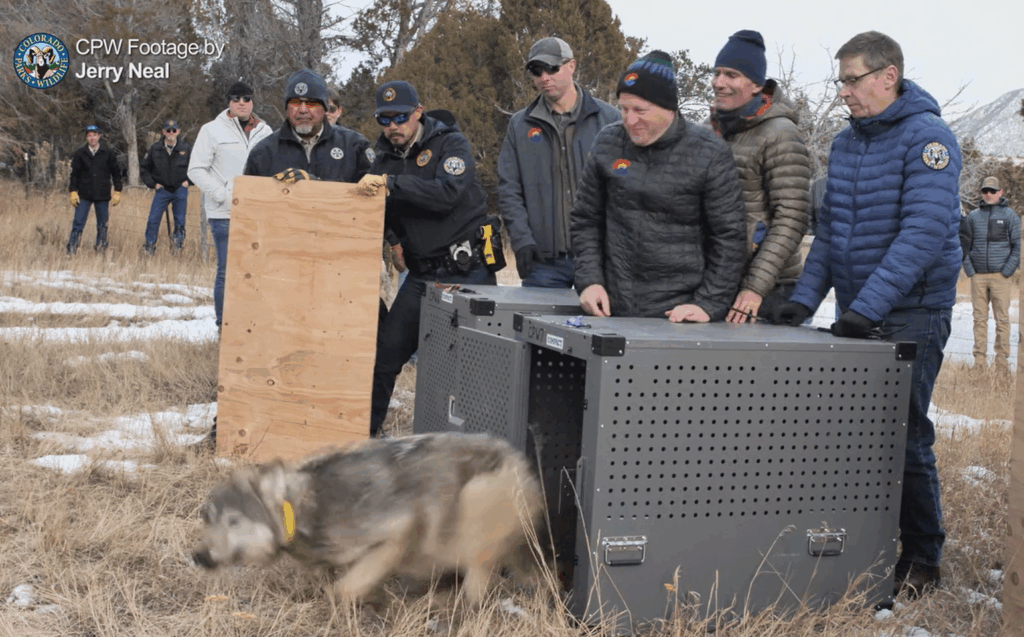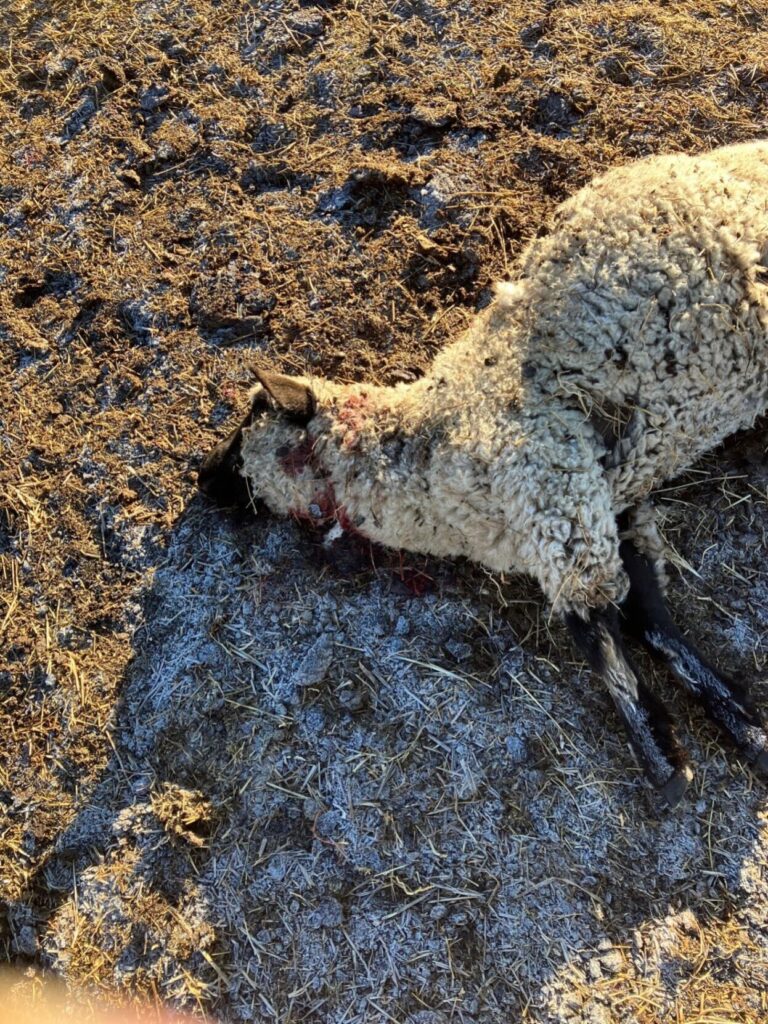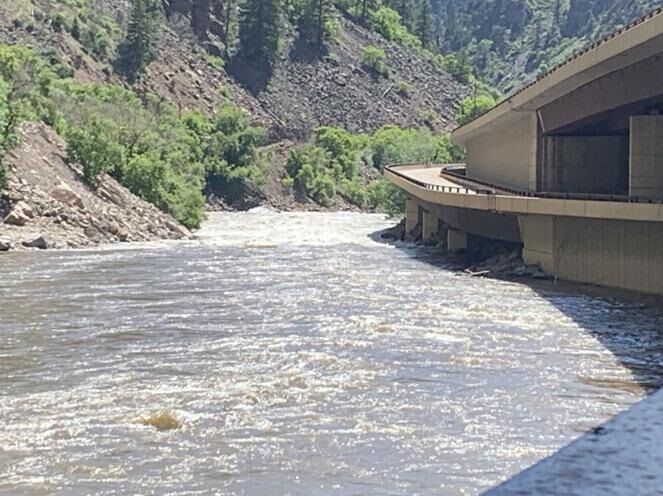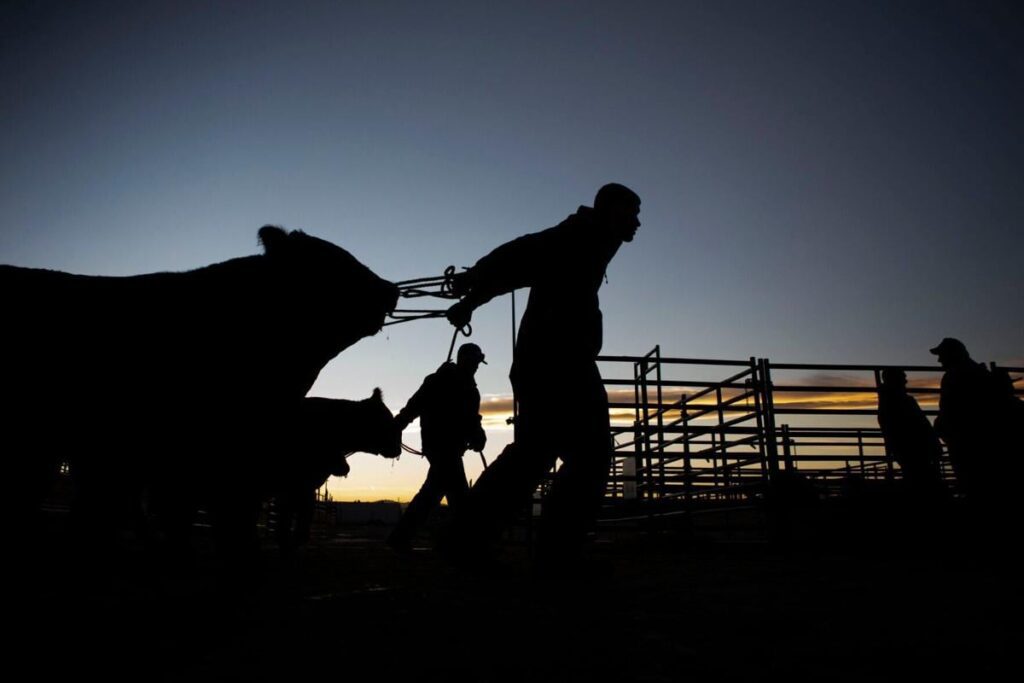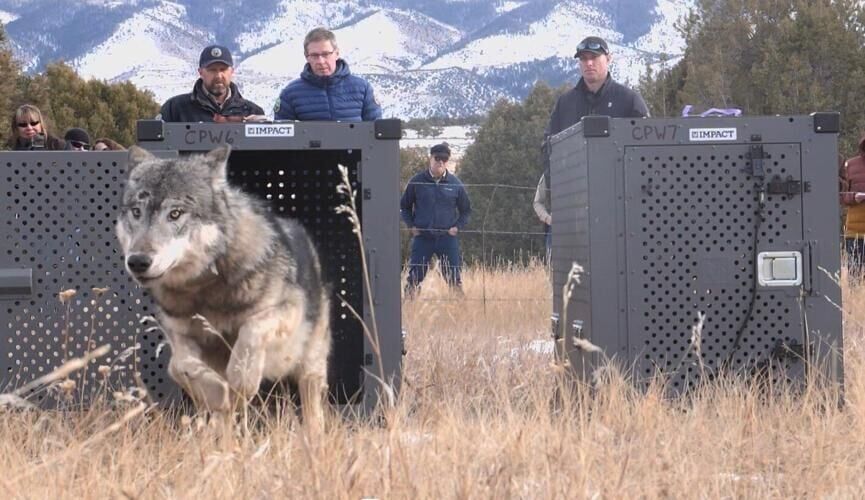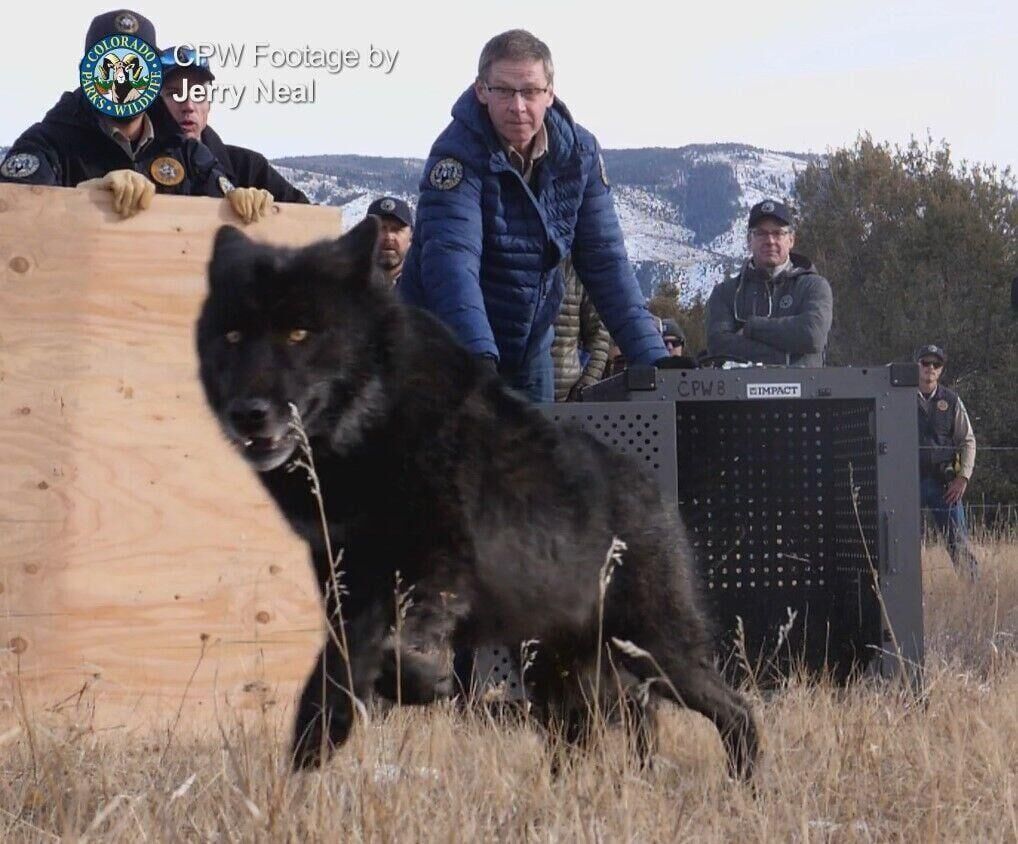Experts expect federal Farm Bill to touch programs valuable to Colorado, West
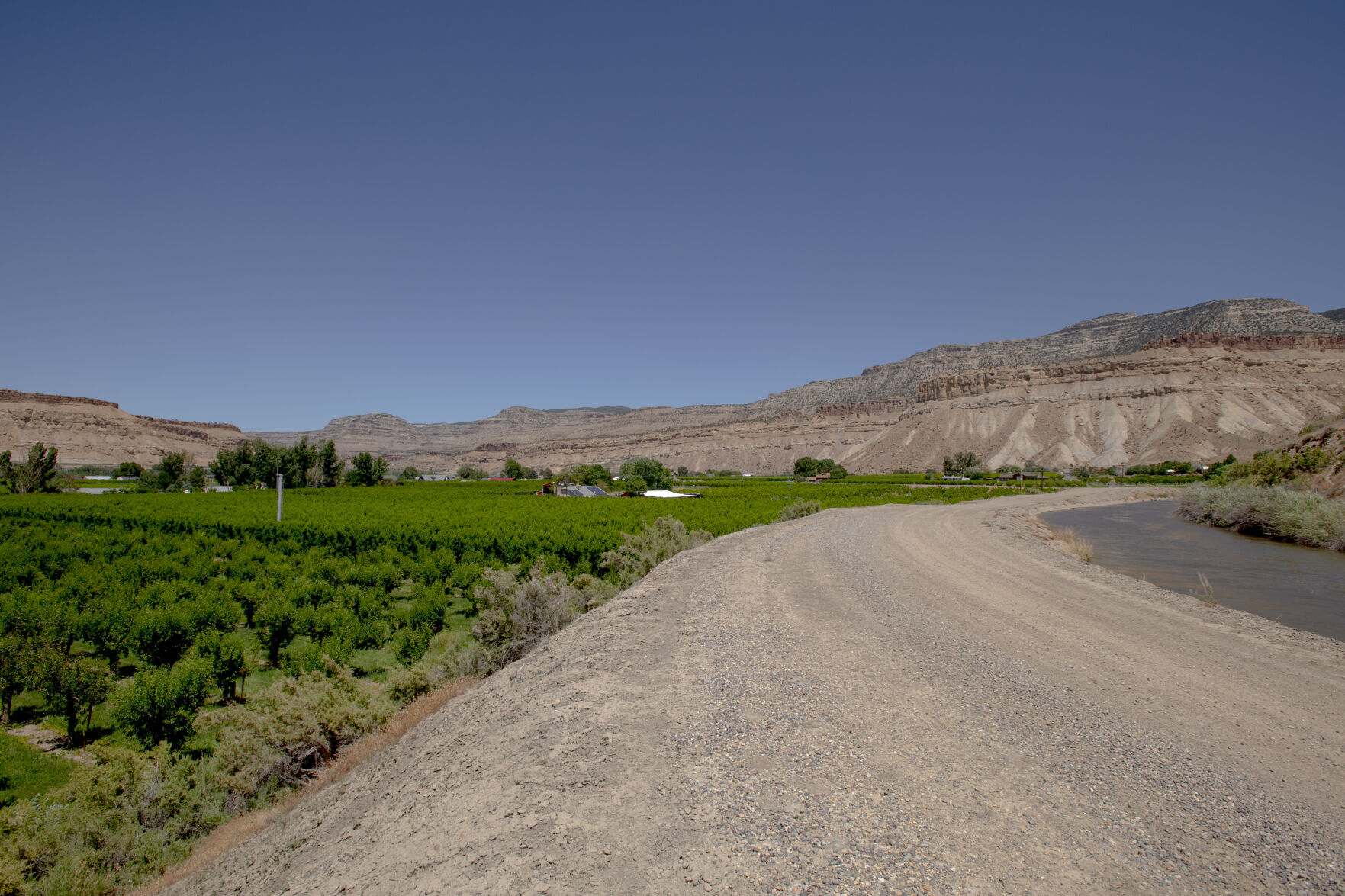
One of the biggest items on Congress’ agenda when lawmakers return from their August recess is the 2023 Farm Bill, legislation which experts unpacked Wednesday in Steamboat Springs.
The bill is congressional legislation that is usually passed only once every five years, intended to set national agriculture, nutrition, conservation, and forestry policy.
Wednesday’s opening conversation at the 2023 Colorado Water Congress in featured people who are working behind the scenes in Washington on that measure.
Dale Nellor is executive vice president of the National Water Resources Association. He explained that House members had hoped to have a version of the farm bill out before the August recess, but didn’t have the votes. The bill’s deadline is a month away, but it’s a deadline that has been consistently missed since 2002, he said.
One of the big issues with the 2023 farm bill is leadership. Turnover in both chambers means that only one person in leadership five years ago is still in that position: U.S. Sen. Debbie Stabenow, D-M, who chairs the Senate Agriculture Committee. There’s also a new president, the House has changed hands with a new leader in the House and there’s also new leadership on the House’s main agriculture committee.
In addition, there are 38 new members on the House ag committee since the last farm bill, only 12 who were there in 2018, and 12 new senators on their ag committee, with 11 who worked on the farm bill in 2018.
That said, Nellor pointed out that even with missed deadlines, the farm bill has almost always gotten done before the next election.
It will come down to how House leadership decides to move forward, Nellor told the audience, and the ag committees are not interested in introducing the farm bill until the bill has a clear path to floor work in each chamber.
Both Stabenow and U.S. Rep. Glenn Thompson, R-Pa., have repeatedly said they want to have a bill passed before the 2024 election. Stabenow is retiring and this would be part of her legacy; Thompson, as a first time chair of the ag committee, wants to see a bill passed in case the House flips in the 2024 election, and doesn’t want to miss the opportunity to set national policy on agriculture.
Part of the challenge is in how to pay for it, Nellor said. “Additional resources are extremely limited.”
Grant Colvin, formerly a staffer with U.S. Sen. Michael Bennet and a staffer with the Senate Ag Committee, talked about the programs the farm bill will look at, and the challenges the bill faces in gaining consensus, particularly on funding increases. Colvin now operates his own public affairs company.
Some of the issues in ag that the farm bill could address, Colvin said, include whether to update the farm bill programs to reflect the higher costs producers are paying, and that have increased since the 2018 farm bill. “Updating the farm bill programs to reflect today’s economy will cost a lot of money that farm bill writers do not have,” Colvin said. Just to update the commodities programs for corn, soy and wheat could add $300 billion to the farm bill’s costs, he said.
Any change in the policies or programs could mean cuts in other places, Colvin explained. Every line item in the bill has a dedicated constituency, which means the committees can’t move things around without people noticing. Every adjustment will have someone trying to fight it.
With that in mind, the 2023 farm bill will not be hugely transformative, Colvin estimated. The committee will focus on core priorities with targeted revisions to existing programs.
Those that are most important to Colorado and other Western states include programs on conservation and forestry.
The conservation portion of the farm bill is worth about $60 billion.
That includes four core programs:
1) the regional conservation partnership program, which supports farmers and partners on watershed on natural resources issues. Lots of those projects can be found on the Western Slope, Colvin said.
2) The Environmental Quality Incentives Program, the most popular of the conservation programs, works with farmers, ranchers, and forest landowners who own or rent agricultural land. It provides technical and financial assistance to producers to address natural resource concerns, such as improved water and air quality, conserved ground and surface water, increased soil health and reduced soil erosion and sedimentation, improved or created wildlife habitat, and mitigation against drought and increasing weather volatility.
3) The conservation stewardship program works on existing conservation and regenerative agriculture projects
4) The agricultural conservation easement program protects farms, ranches and wetlands; Colvin noted it’s been very successful in Colorado.
All four of those programs, however, recently received additional funding through last year’s Inflation Reduction Act, about $20 billion in all.
Politically, most of the farm bill’s programs were written with southern and midwestern states in mind, Colvin said. While the last couple of farm bills have been good for the west, “we can expect strong contingencies from the midwest and south to push back” with this farm bill.



